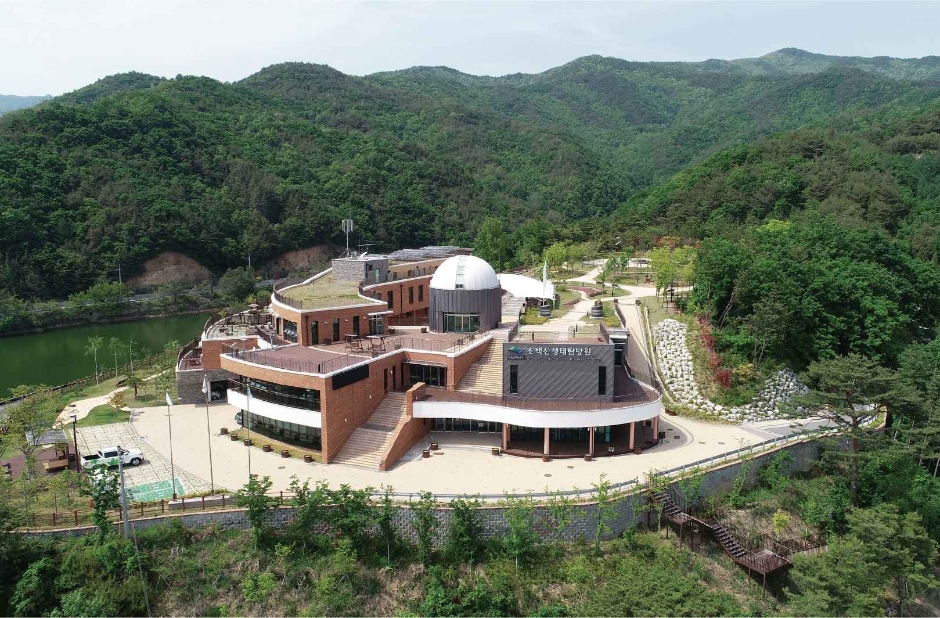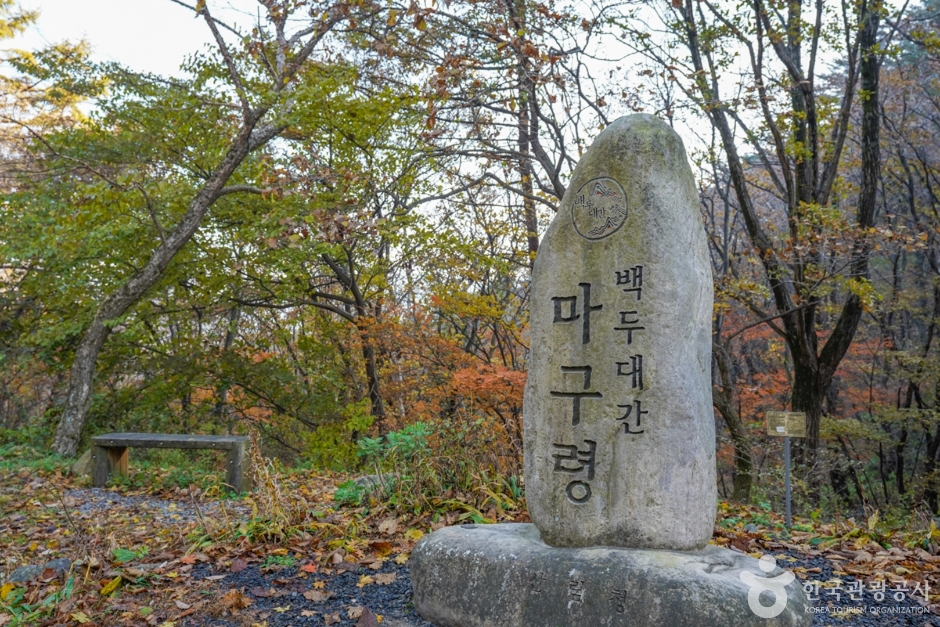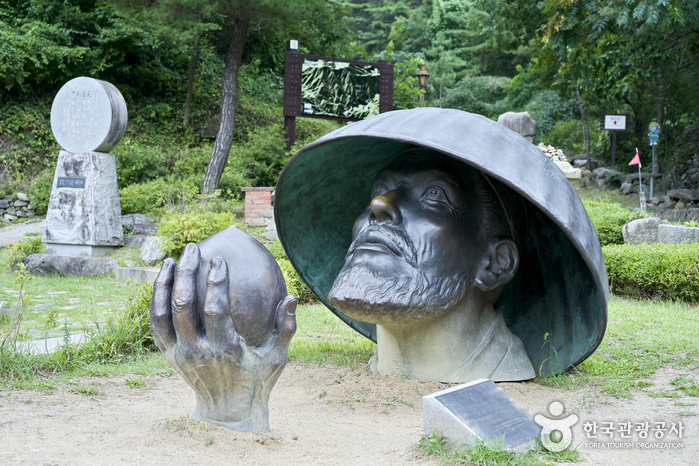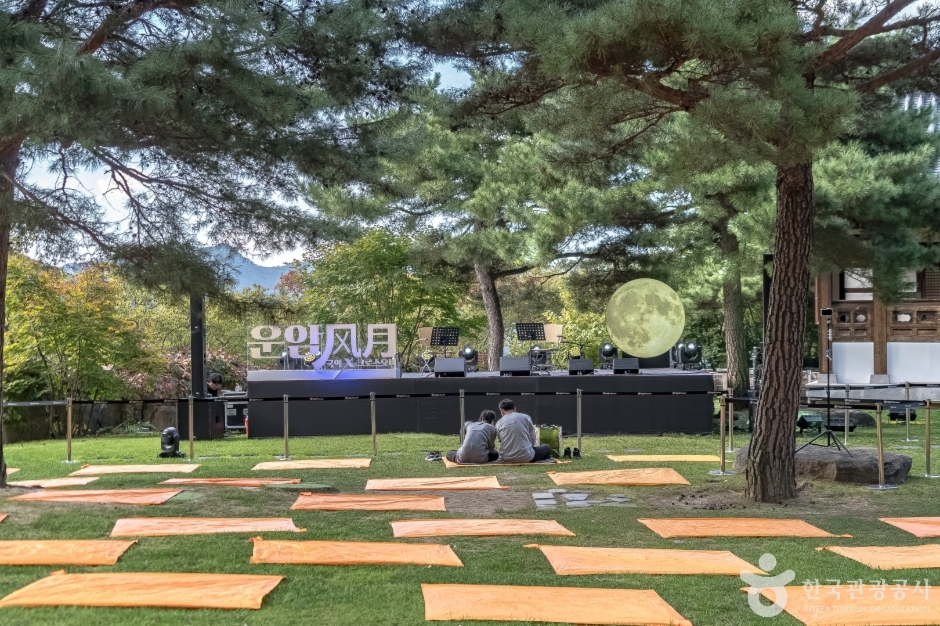Buseoksa Temple [UNESCO World Heritage]
부석사[유네스코 세계문화유산]
📍 345 Buseoksa-ro, Buseok-myeon, Yeongju-si, Gyeongsangbuk-do
Introduction
Founded in 676, Buseoksa Temple is a temple located on the eastern slope of Sobaeksan Mountain. It was established to commemorate the victory of the Silla kingdom (BC 57-AD 935) over the Chinese Tang dynasty during a war at that time. Over the years, it underwent several reconstructions and expansions, resulting in the preservation of numerous cultural assets. Particularly, the "Muryangsujeon Hall" is regarded as one of the most beautiful traditional architectural structures in Korea.
Homepage
🗺 Location
345 Buseoksa-ro, Buseok-myeon, Yeongju-si, Gyeongsangbuk-do
✏ Details
Film Locations
Drama [King Taejo Wang Geon] filming location
Admission Fees
Free
Restrooms
Available
🔎 Information
Inquiries
+82-54-633-3464
Parking Facility
Available
Closed
N/A (Open all year round)
Opening Hours
Open 24 hr
Experience Guide
Tour guide
🗽 Nearby Attractions
🍴 Nearby Restaurants
🏨 Nearby Accommodation

Yeongju Case Hotel
Rating8.2
From
35 USD ~
![thumbnail-Buseoksa Temple [UNESCO World Heritage] (부석사[유네스코 세계문화유산])-0](http://tong.visitkorea.or.kr/cms/resource/22/2654222_image2_1.jpg)
![thumbnail-Buseoksa Temple [UNESCO World Heritage] (부석사[유네스코 세계문화유산])-1](http://tong.visitkorea.or.kr/cms/resource/20/2654220_image2_1.jpg)
![thumbnail-Buseoksa Temple [UNESCO World Heritage] (부석사[유네스코 세계문화유산])-2](http://tong.visitkorea.or.kr/cms/resource/21/2654221_image2_1.jpg)
![thumbnail-Buseoksa Temple [UNESCO World Heritage] (부석사[유네스코 세계문화유산])-3](http://tong.visitkorea.or.kr/cms/resource/23/2654223_image2_1.jpg)
![thumbnail-Buseoksa Temple [UNESCO World Heritage] (부석사[유네스코 세계문화유산])-4](http://tong.visitkorea.or.kr/cms/resource/24/2654224_image2_1.jpg)
![thumbnail-Buseoksa Temple [UNESCO World Heritage] (부석사[유네스코 세계문화유산])-5](http://tong.visitkorea.or.kr/cms/resource/25/2654225_image2_1.jpg)
![thumbnail-Buseoksa Temple [UNESCO World Heritage] (부석사[유네스코 세계문화유산])-6](http://tong.visitkorea.or.kr/cms/resource/26/2654226_image2_1.jpg)
![thumbnail-Buseoksa Temple [UNESCO World Heritage] (부석사[유네스코 세계문화유산])-7](http://tong.visitkorea.or.kr/cms/resource/27/2654227_image2_1.jpg)
![thumbnail-Buseoksa Temple [UNESCO World Heritage] (부석사[유네스코 세계문화유산])-8](http://tong.visitkorea.or.kr/cms/resource/28/2654228_image2_1.jpg)



